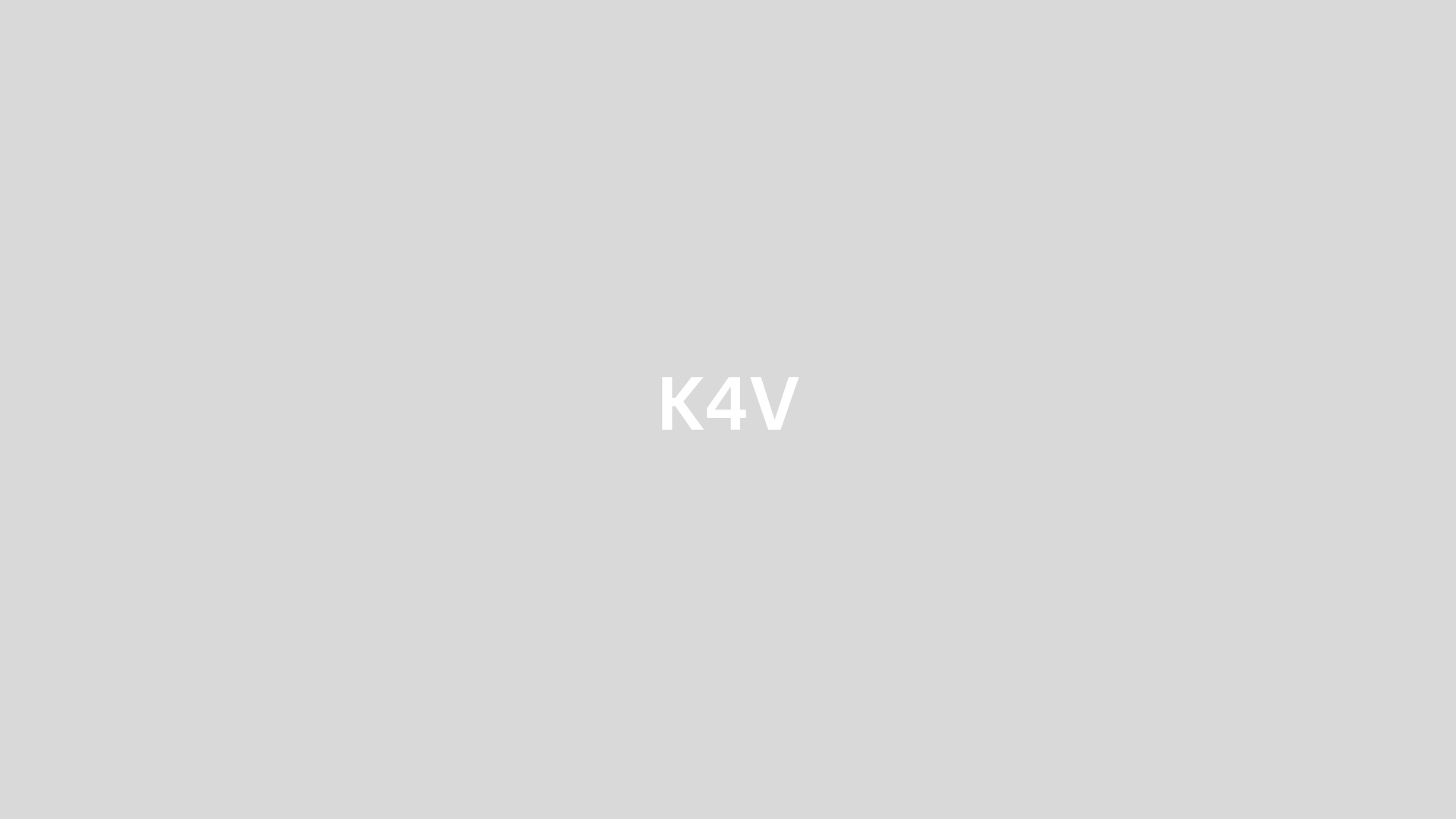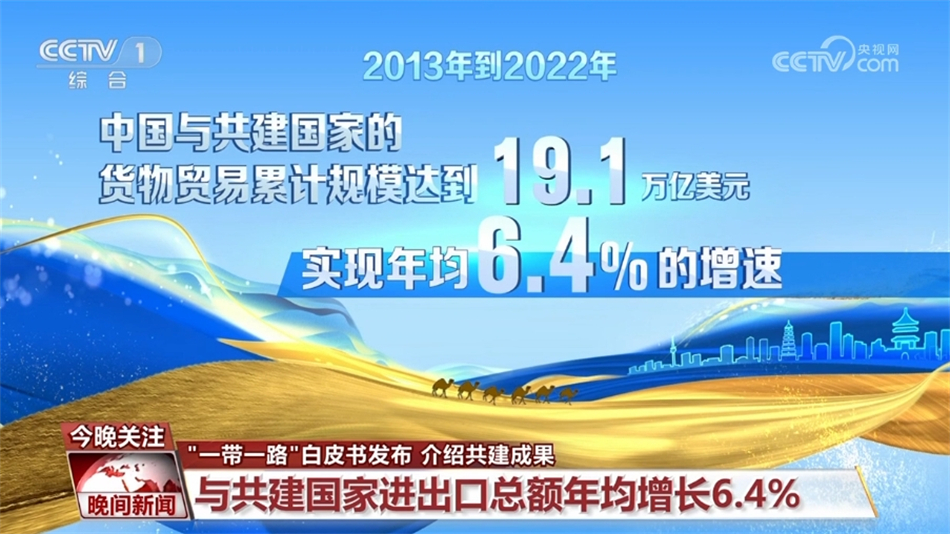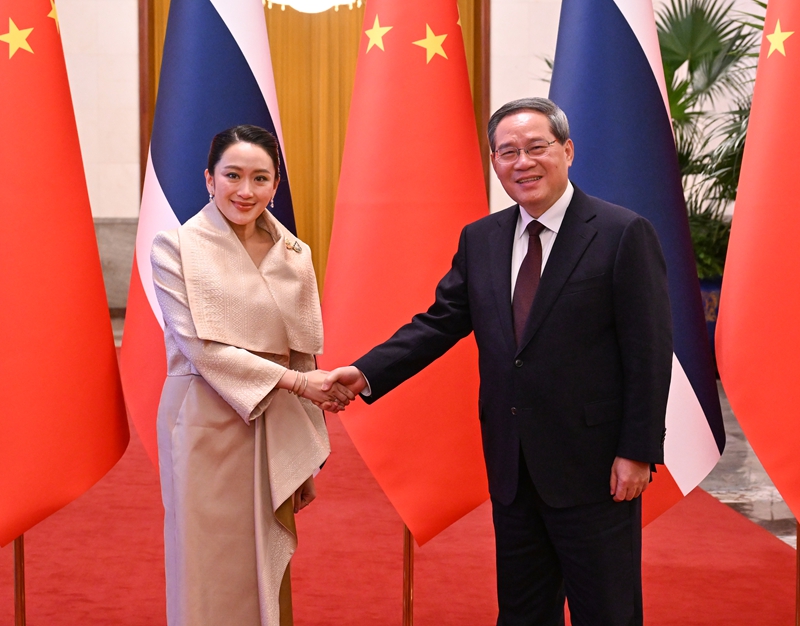The Time To Say Goodbye Is Decided
The Time To Say Goodbye Is Decided
A tiered fund, born in 2007 and with a maximum management scale of 500 billion yuan, has gone through 13 years of development and will collectively bid farewell to the market starting next year. The time to say goodbye to the market is set.
China Fund News reporter Li Shuchao
A tiered fund, born in 2007 and with a maximum management scale of 500 billion yuan, has gone through 13 years of development and will collectively bid farewell to the market starting next year. On December 2, existing tiered funds issued announcements such as the termination of the operation of tiered shares and the termination of listing. The last trading day of such products is December 31 this year and will be terminated from January 2021.
Farewell to the market time is set
On December 2, among the graded funds listed on the Shanghai Stock Exchange, E Fund State-owned Enterprise Reform Index Grading, Penghua Guozheng Steel Industry Index Grading, Changsheng CSI Shenwan Belt and Road Theme Index Grading, etc., all released implementation plans for the termination of the operation of graded shares. According to the announcement, the last trading day of the above products is set to be December 31, 2020, the delisting date is January 4, 2021, and the termination date is January 5, 2021.
The Shenzhen Stock Exchange has also issued intensive announcements recently that existing grading products such as Xincheng CSI Smart Home Index Grading, China Merchants CSI Bank Index Grading, Shenwan Lingxin Shenzhen Component Index Grading have applied to the Shenzhen Stock Exchange for the termination of listing on January 4, 2021. According to the relevant provisions of the "Shenzhen Stock Exchange Securities Investment Fund Listing Rules", after review, the Shenzhen Stock Exchange decided that the above funds will be terminated from January 4, 2021, and the last trading day of the above products will also be December 31, 2020.
As early as April 27, 2018, the "Guiding Opinions on Standardizing Asset Management Business of Financial Institutions" (referred to as the "New Asset Management Regulations") jointly issued by the "One Bank, Two Sessions and One Bureau" requires that "public and open private equity products shall not be rated in share", and requires that existing tiered funds shall cancel the grading operation before the end of 2020 and complete the specification and rectification.
"After the new asset management regulations, the market has already had psychological expectations for the exit of tiered funds from the historical stage. The exit of such products is conducive to safeguarding the interests of investors and the healthy development of the capital market." A fund analyst in Shanghai said that due to the complex design of tiered funds and the unstable risk-return characteristics, the product operation mechanism weakens the leverage effect when the net value rises, and the leverage multiple of tiered B increases when the decline, which will lead to "slow rise and fast fall" in extreme markets, and the defects of the product are more prominent when the market is bull-bear. The characteristic of tiered funds is not only likely to cause non-professional investors to bear greater losses, but is not in line with the original intention of public funds to stabilize the capital market and guide long-term funds to enter the market.
Grading B average premium rate converges
After the new asset management regulations, as all parties in the market have clear expectations for the rectification period of tiered funds by the end of 2020, in the last month of the existence of tiered funds, the number, scale and holders of tiered funds have been greatly reduced, and the premium rate of the Class B shares of a large number of tiered products has been significantly converged, and some discounts have even occurred.
Wind data shows that as of December 1, the number of listed hierarchical funds has dropped from 134 when the "new asset management regulations" was released to 71, and the on-site scale has dropped from 56.1 billion to 29.6 billion, and the number of products and the scale of existence has both shrunk by nearly 50%. The number of investors on the market fell from 1.11 million to 777,000 in the semi-annual report this year, a decrease of more than 30%.
Judging from the discount and premium data of Class B shares of tiered funds, as of December 2, the average premium rate of 71 Graded B products in stock was 2.74%, down 5.26 percentage points from the end of the third quarter. Among them, the share of 36 graded products B was discounted, accounting for more than half; the share of 31 products B was discounted by less than 20%, accounting for 43.66%. At present, there are only three products with a B share premium rate higher than 20%.
"When the listed fund is about to expire or terminate the listing, the price on the market will generally gradually approach the net value of the fund. Investors on the market will not cause trading risks due to discounts and premiums. Investors can exit at a price close to the net value, which has positive significance for the future smooth transformation of the product," said the above-mentioned Shanghai fund analyst.
A public fund manager in Beijing also reminded that in December this year, the hierarchical funds of many existing fund companies intensively exited the market, some are about to transform into LOF funds, some may choose to liquidate, and some cancel the hierarchical operation mechanism. When intensively exiting the market within one month, what fund companies should pay most attention to is to provide risk warnings to holders, especially some Class B shares still have high premium risks, and investors should continue to be reminded to participate rationally.
Judging from the development history of tiered funds, my country's first tiered fund, Guotou UBS Ruifu Grading Fund, was officially born in July 2007. This is also the first innovative closed-end fund launched after the shutdown market was shut down for five years. However, due to the complex operating mechanism of the new-born tiered fund, investors are relatively unfamiliar with it. In addition, the stock market plummeted in the global financial crisis in 2008, the management scale was less than 50 billion yuan by 2013. The great development of tiered funds was still in the bull market from 2014 to 2015. At that time, tiered B created investment returns far exceeding stock funds and became a market star. The total scale of such funds quickly exceeded 100 billion and 200 billion, and jumped to 457.7 billion yuan in the 2015 interim report. Considering the stock market plummeted in late June that year, the scale of tiered funds at the high point of the stock market that year may exceed 500 billion yuan.
However, the stock market plummeted in the second half of 2015, and tiered funds frequently triggered discounts. The amplification effect of Class B shares when they fell caused some holders to suffer heavy losses. The China Securities Regulatory Commission suspended the registration of such products in July of that year and carried out standardization and rectification of existing products.
In November 2016, the Shanghai and Shenzhen Stock Exchanges issued the "Guidelines for Graded Fund Business Management", raising the investment threshold for this type of product and requiring investors to sign risk disclosure letters. At the same time, the regulatory authorities also guided the industry to suspend large-scale subscription on-site, custody on off-site transfers, share splitting, etc., and took multiple measures to guide fund companies to orderly reduce the scale of graded funds in the field. The scale of such product management has also shown a trend of stepping down year by year.





